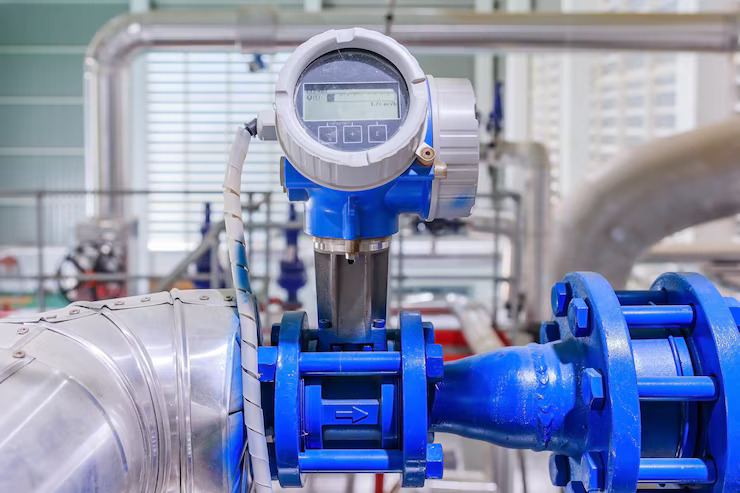In industries where precision and reliability are crucial—such as oil and gas, water treatment, pharmaceuticals, and manufacturing—the accuracy of flow measurement is non-negotiable. Flow meters, the instruments used to measure the volume or mass of a fluid moving through a pipe, must be calibrated regularly to ensure they function correctly. That’s where a flow meter calibration laboratory plays a vital role.
What Is Flow Meter Calibration?
Flow meter calibration is the process of comparing a flow meter’s readings against a known reference under controlled conditions. This ensures that the flow meter provides accurate readings within its intended application range. If discrepancies are found, adjustments are made, or correction factors are applied.
Why Calibration Matters
- Regulatory Compliance: Many industries must comply with national or international standards, such as ISO, API, or OIML. Accurate flow measurement is often required by law or contract.
- Product Quality: Inconsistent flow readings can lead to product defects or inefficient processes.
- Cost Efficiency: Even small inaccuracies in flow measurement can result in significant financial losses over time.
- Safety: In critical applications, such as chemical dosing or fuel delivery, incorrect flow data can pose serious safety risks.
Inside a Flow Meter Calibration Laboratory
A professional flow meter calibration laboratory is a specialized facility equipped with reference standards, precise instruments, and environmental controls. Key features include:
- Primary and Secondary Standards: These are traceable to national metrology institutes (e.g., NIST, PTB) and form the basis of calibration accuracy.
- Multiple Flow Rigs: Capable of handling different fluids (water, air, oil) and a wide range of flow rates and pipe diameters.
- Environmental Control: Temperature, pressure, and humidity can significantly affect flow readings, so labs maintain stable conditions.
- Highly Skilled Technicians: Calibration requires expertise in metrology, instrumentation, and data analysis.
Types of Flow Meters Calibrated
- Electromagnetic flow meters
- Coriolis mass flow meters
- Ultrasonic flow meters
- Turbine flow meters
- Positive displacement meters
- Thermal mass flow meters
Each type has its own calibration requirements and procedures based on its operating principle.
Calibration Methods
- Gravimetric Method: Measures the mass of fluid collected over time.
- Volumetric Method: Measures the volume of fluid collected in a calibrated container.
- Master Meter Method: Compares the meter under test with a highly accurate reference meter.
- Prover Systems: Often used in oil and gas, where mechanical or piston provers validate flow readings.
Frequency of Calibration
The calibration interval depends on several factors:
- Manufacturer’s recommendation
- Application severity and frequency of use
- Historical stability of the meter
- Regulatory requirements
Many companies perform calibration annually, but critical meters may be checked quarterly or even monthly.
Choosing the Right Calibration Lab
When selecting a flow meter calibration service, consider:
- Accreditation (e.g., ISO/IEC 17025)
- Traceability to national standards
- Turnaround time
- Experience with your industry and meter type
- Availability of documentation and certification
Conclusion
A flow meter calibration laboratory is not just a service provider—it’s a crucial partner in ensuring the accuracy, safety, and efficiency of your operations. Investing in proper calibration practices helps maintain compliance, reduce waste, and protect your bottom line.
If you’re working with flow meters in any capacity, make sure your calibration provider meets the highest standards of quality and precision.


